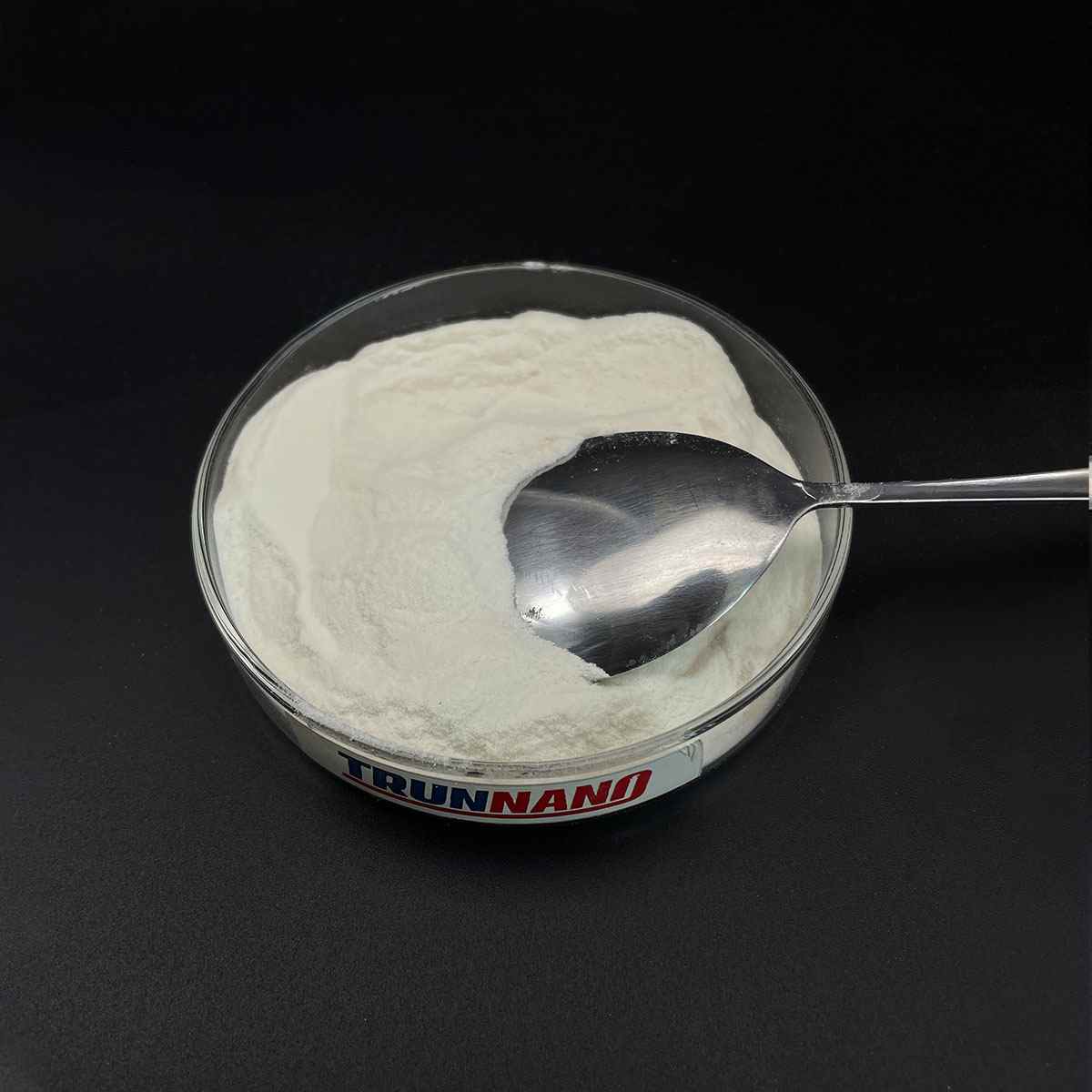Overview of Molybdenum Telluride MoTe2 powder with high purity
Telluride and selenide compounds play a significant role in the field of semiconductors, particularly in the development of advanced electronic and optoelectronic devices. These materials belong to the chalcogenide family, characterized by their ability to form compounds with elements from groups IV-VI in the periodic table.
Tellurides: Compounds containing tellurium (Te) as the chalcogen. Examples include cadmium telluride (CdTe), mercury telluride (HgTe), and zinc telluride (ZnTe). These materials have found applications in solar cells, infrared detectors, and high-speed electronics due to their tunable bandgap, high electron mobility, and good thermal stability.
Selenides: Similar to tellurides, but with selenium (Se) replacing tellurium. Notable examples are cadmium selenide (CdSe), gallium selenide (GaSe), and zinc selenide (ZnSe). Selenide compounds are widely used in light-emitting diodes (LEDs), laser diodes, and solar cells due to their direct bandgap properties and efficient light absorption/emission capabilities.
Feature of Molybdenum Telluride MoTe2 powder with high purity
Direct Bandgap: Many telluride and selenide semiconductors have direct bandgaps, which facilitate efficient light emission and absorption processes. This makes them suitable for optoelectronic applications such as LEDs and lasers.
Tunable Bandgap: The bandgap of these materials can be adjusted by alloying or altering the composition (e.g., CdSe to CdTe), enabling customization for specific device requirements across a wide spectrum of wavelengths.
High Electron Mobility: Materials like HgCdTe exhibit high electron mobility, which is crucial for high-speed electronic devices and low-noise detector applications.
Thermal Stability: Some tellurides and selenides, like ZnTe and ZnSe, demonstrate good thermal stability, making them suitable for high-temperature operation and processing.
Non-Toxic Alternatives: With increasing environmental concerns, there’s a push towards exploring less toxic alternatives to commonly used semiconductors. For instance, Cd-based tellurides and selenides are being replaced or combined with less toxic elements like Mg or Mn in some applications.

(Molybdenum Telluride MoTe2 powder with high purity)
Parameters of Molybdenum Telluride MoTe2 powder with high purity
Molybdenum Telluride (MoTe2), a fascinating material in the realm of condensed matter physics and nanotechnology, is a binary compound consisting of molybdenum (Mo) and tellurium (Te). It has gained significant attention due to its unique properties that make it suitable for various applications in electronics, optoelectronics, and energy storage.
High Purity MoTe2 Powder is characterized by its exceptional purity level, ensuring minimal impurities that could potentially affect its performance. This purity is crucial for achieving optimal device performance and reliability. The high purity is often measured using techniques such as X-ray diffraction (XRD) or electron microscopy, which confirm the single-phase nature of the material and a low concentration of impurities.
The crystalline structure of MoTe2 is typically in the form of a trigonal prismatic lattice, known as the 2H phase, where molybdenum atoms are sandwiched between layers of tellurium atoms. This layered arrangement allows for strong covalent bonding, leading to excellent charge carrier mobility and thermal stability. The material exhibits a semiconducting behavior, with a tunable bandgap depending on the number of layers, which makes it an attractive candidate for thin-film transistors and photodetectors.
One of the most intriguing features of MoTe2 is its ability to undergo a structural phase transition from an indirect semiconductor to a direct semiconductor when subjected to external stimuli like mechanical strain or temperature changes. This so-called “switchable” bandgap property can be harnessed for applications in sensors, memory devices, and optoelectronic switches.
Moreover, MoTe2 possesses piezoelectric properties, meaning it generates an electric charge in response to mechanical stress. This property makes it suitable for use in piezoelectric actuators, energy harvesters, and sensors that convert mechanical energy into electrical signals.
In the field of thermoelectricity, MoTe2 stands out due to its relatively high thermoelectric figure of merit (ZT), which is a measure of its efficiency in converting heat to electricity. High purity MoTe2 powders have shown promise in enhancing thermoelectric devices, particularly in waste heat recovery systems and solid-state cooling.
Lastly, the synthesis of MoTe2 powder typically involves methods like chemical vapor deposition (CVD), mechanical exfoliation, or top-down approaches like laser ablation. High purity powders are usually obtained through these processes, followed by careful purification techniques to minimize impurities and achieve the desired particle size distribution.
In conclusion, Molybdenum Telluride (MoTe2) powder with high purity offers a wealth of opportunities in various technological domains due to its unique electronic, structural, and mechanical properties. As research continues to explore its full potential, we can expect to see advancements in areas such as flexible electronics, energy conversion, and sensing technologies that leverage the exceptional characteristics of this material.

(Molybdenum Telluride MoTe2 powder with high purity)
FAQ of Semiconductor Materials
Inquiry us






